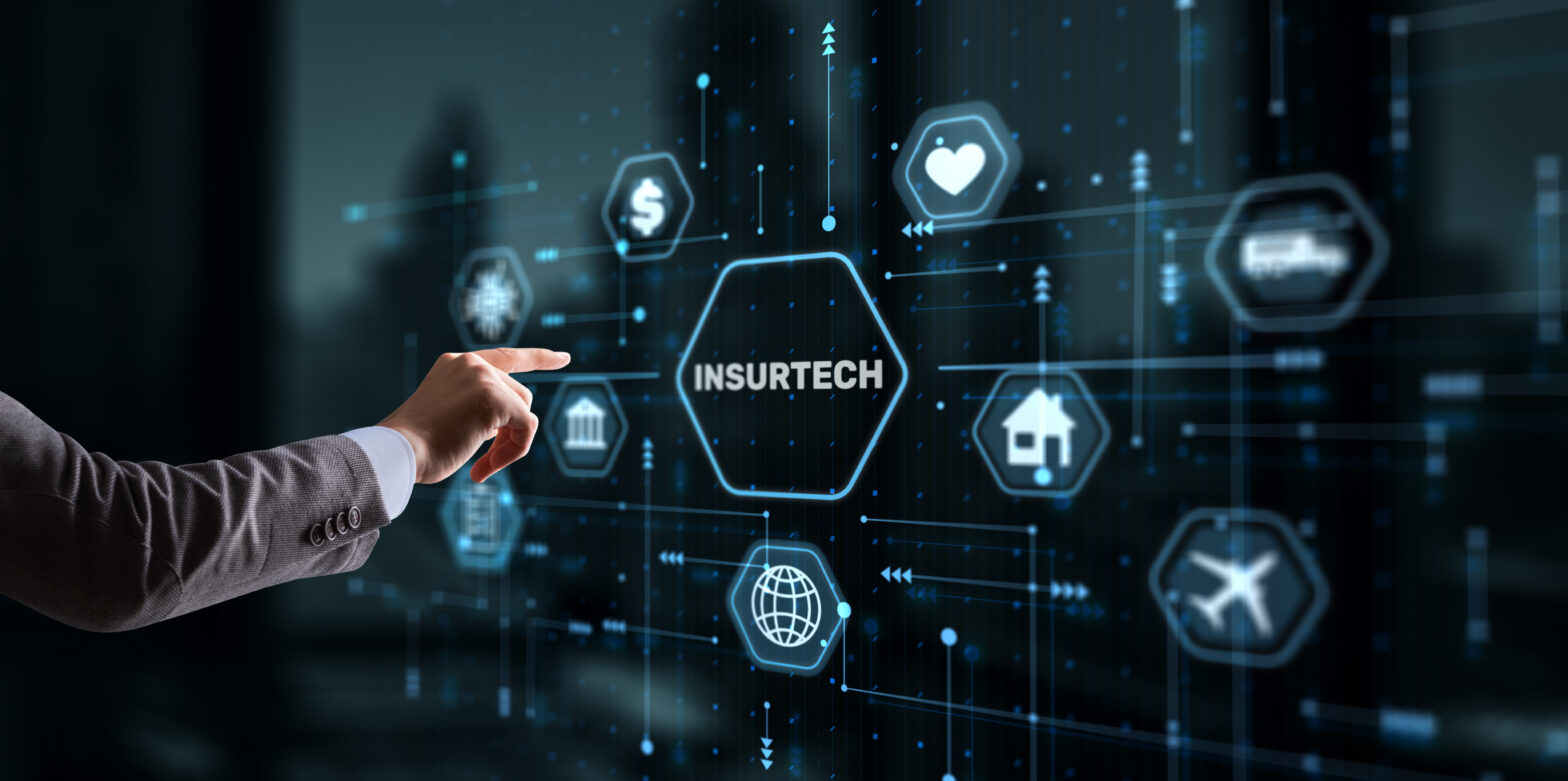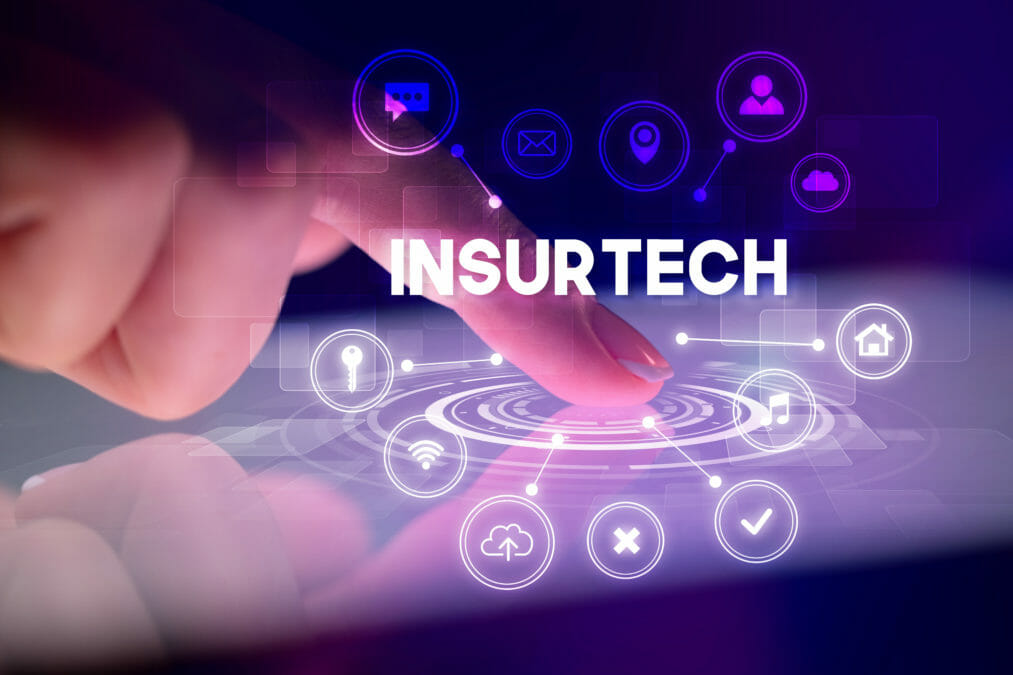There are many champions of the real-time enterprise, but most argue the merits of the approach from a largely partisan position. Their products have the sufficient breadth of function to support certain aspects of real-time business – data analysis, supply chain management, employee self-service and so on.
But one organisation that is as vocal as it is independent on real-time enterprise approaches is the premier analyst group, Gartner.
Back in 2000-2001, it was talking about various aspects of real-time – real-time analytics, real-time business activity monitoring, real-time supply chain –
|
||
but that has coalesced in recent years into a more holistic and far-reaching vision of business.
Gartner defines the real-time enterprise in the following broad terms: ‘The RTE is an enterprise that competes by using up-to-date information to progressively remove delays to the management and execution of its critical business processes.’
But analysts at the company expound further. “The RTE is fundamentally about squeezing lag time out of the core operational and managerial processes,” says Colleen Young, “Business has long understood that time is money and speed is a competitive advantage. However, ‘time’ is taking on new meaning as access to markets and talent pools becomes global, and as innovation cycle times and product lifecycles shrink. The ability to remove latency from key business processes, to extend processes globally to ‘follow the sun’, and to access real-time financial, managerial and operating data will increasingly separate industry leaders from also-rans.”
Adopting an RTE model is not an option, she maintains: “In time, RTE capability will be a requirement for staying in business.”
What makes RTE unusual is that – for once in the IT industry – it is not a technology in search of a problem. Rather, it is a “focus for change that necessitates the deployment
|
||
and exploitation of IT from a business perspective,” says analyst Mark Raskino.
To support the RTE, CIOs and IT architects have to first understand the priorities of the business’s real-time goals and strategies, and to be bold enough to campaign to build an enterprise IT architecture that underpins that.
“Understanding the dependency between the real-time enterprise [model and its underlying technology infrastructure] and positioning the architecture in terms of the business problems it solves and the time it extracts from core processes, will provide the business case and performance targets necessary to achieve business leader buy-in for an enterprise IT architecture,” says Young.
Gartner identifies several process areas where RTE can set strategic business targets for reducing end-to-end cycle times. Some are operational, day-to-day areas, such as the order-to-cash cycle. Others are high-impact areas, such as new product development and the task of integrating acquisitions.
There are certain new technologies that will play a significant role in the real-time corporation and Gartner identifies five. While more established innovations, such as the Internet, mobile devices and database management systems, will all play a critical role, a handful of emerging technologies will “become essential parts of the RTE”, says analyst David Flint.
He points to:
In themselves, those may not point to a revolution, but that is what is underway, suggests Gartner.
“RTE is an obvious objective, yet is bold and difficult,” says the company’s Alex Soejarto. “Companies that embark on the journey to become an RTE will undergo a transformation that will increase their fitness to compete in markets that will not, in the near future, become any easier to compete in.”
The upshot: “RTE will become a defining characteristic of success in the 21st century.”










